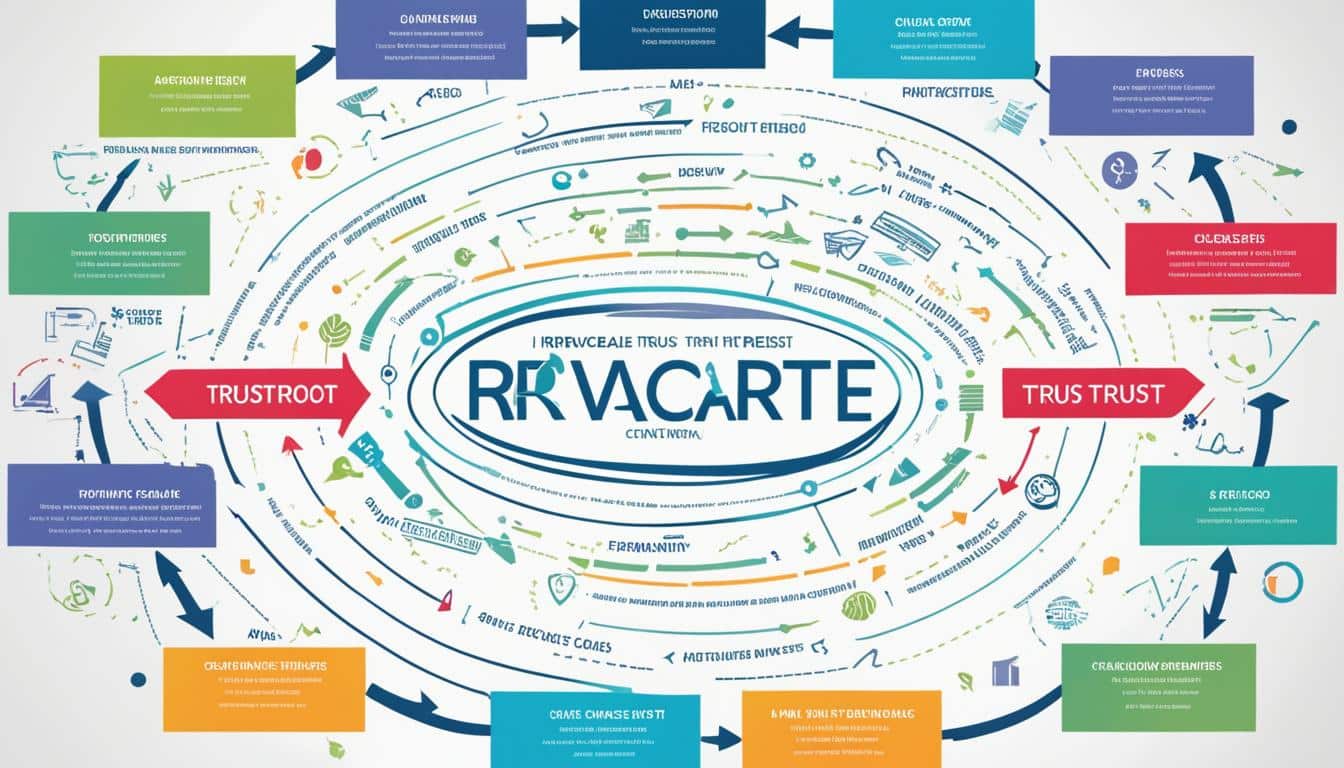Debugging For Dummies: Simplifying Complex Problems

Executive Summary

Debugging is a crucial skill in the field of software development, enabling developers to identify and resolve errors or issues (also known as “bugs”) within a program. As a proficient writer skilled in persuasive copywriting, this comprehensive article aims to simplify debugging for novice programmers by providing insightful explanations and practical guidance.

Introduction
Debugging plays a vital role in software development, ensuring the efficient execution and reliability of programs. By mastering debugging techniques, developers gain the ability to pinpoint and rectify errors that may arise during the development process, ultimately leading to robust and dependable software applications.
FAQs
-
What is debugging?
Debugging is the process of identifying and resolving issues within a program, known as “bugs.” -
Why is debugging important?
Debugging is essential for ensuring the accurate execution and reliability of software applications, eliminating any errors or malfunctions that may hinder their functionality. -
How do I get started with debugging?
Begin by understanding the fundamentals of debugging, familiarizing yourself with debugging tools, and practicing on straightforward programs to gradually develop your skills.
Top 5 Debugging Subtopics
1. Identifying Root Causes
- Error messages: Scrutinize error messages for clues regarding the origin of the issue.
- Logs: Analyze logs to trace the sequence of events leading up to the error.
- Code review: Review the code carefully, searching for logical flaws or incorrect assumptions.
2. Utilizing Debugging Tools
- Debuggers: Use debuggers such as GDB or PDB to step through code line by line, examining variable values and identifying potential errors.
- Profilers: Employ profilers to pinpoint performance bottlenecks or memory leaks that may contribute to bugs.
- Unit testing: Design unit tests to isolate and test individual components of the program, verifying their correctness and facilitating bug identification.
3. Debugging Techniques
- Exception handling: Handle exceptions systematically to prevent program crashes and provide valuable diagnostic information.
- Logging: Implement logging mechanisms to record essential information about program execution, aiding in debugging efforts.
- Rubber ducking: Explain the problem to a non-technical audience, as verbalizing the issue can often reveal insights that lead to solutions.
4. Common Debugging Pitfalls
- Overcomplicating the issue: Avoid overanalyzing the problem; instead, focus on the specific error message and surrounding code.
- Premature optimization: Resist the urge to optimize the code prematurely; first, concentrate on resolving the underlying bug.
- Ignoring error messages: Pay close attention to error messages; they often contain valuable information about the cause of the issue.
5. Advanced Debugging Techniques
- Reverse debugging: Trace the program’s execution backward from the point of failure to identify the root cause.
- Code coverage: Utilize code coverage tools to determine which parts of the code are not being executed, potentially indicating untested areas.
- Static analysis: Employ static analysis tools to detect potential bugs in the code without actually running the program.
Conclusion
Debugging is a crucial skill in software development, empowering programmers to identify and resolve issues within a program, ensuring its efficient execution and reliability. By familiarizing yourself with fundamental debugging techniques, utilizing debugging tools, and avoiding common pitfalls, you can effectively debug complex problems, ultimately leading to well-crafted and robust software applications.
Keyword Tags
- debugging
- software development
- problem-solving
- error identification
- program reliability

